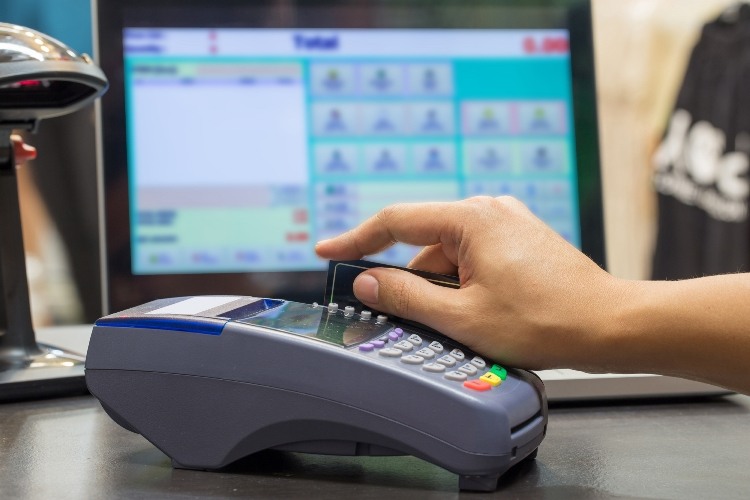If your ePOS seems to be lacking in functionality, then it may be time to consider getting an upgrade to your ePOS system or simply start with a completely new and feature-rich option.
First, you’ll want to look at some of the key features an ePOS should have, and then you’ll be able to make the decision. Regardless if there’s any doubt about your existing epos software or you’re looking for a local restaurant epos software UK based, don’t hesitate to contact us through www.haven-systems.co.uk.
Make sure it’s customisable
Many out-of-the-box restaurant epos is built to get your business started but will start to lose steam with their usefulness as you begin to grow or expand down the line. You want to have the ability to work with the types of epos that are fully customisable to what you and your business really needs.
That’s why you want to look for those localised epos software providers with epos machines that will actually work with your company and don’t try to be a “one size fits all” on a global scale. This way, you can have the right build-out and integrations that fit your business instead of trying to find workarounds with other software-as-a-service (SaaS) options.
It should also be modular
Another option, besides being fully customisable to your restaurant needs, is to have it be as scalable and modular as possible. This means you can start with a simple restaurant epos to close out the bill and get your business progressing forward. But you also want to look at UK-based restaurant epos systems that investigate having the right type of reporting modules down the line, especially regarding VAT calculations and making Tax Digital.
You’ll also want a system that can be deployed to as few or as many devices as is rquired. This way, you can have an admin / Backoffice system to handle the accounting and an option for servers where they only have the tools necessary to complete the job.
This also helps with scalability, and when you decide to start to expand to an additional location or connect yourself seamlessly to online food ordering systems, you want to have a restaurant epos that seamlessly can connect with whatever expansionary needs you have. While at the same time having it bring back ordered and useful data points, not just for the accountants but also for you as a business owner. You’ll be able to see the right type of insights across your multiple channels, know when the various busy times are, and staff and stock up accordingly.
Cloud-based should NOT be the only way forward
While many robust systems out there provide an on-premises solution for their epos software, at the very least, it’s a clever idea to have a hybrid model. This is a combination of the epos software being stored locally and on cloud based servers such as Microsoft Azure. This can be ideal when you have multiple channels or locations and want to be able to seamlessly update pricing, for example.
However, an on-premises-only solution suits many types of operations and in many cases, the server and network structure are already insiti and can easily accomodate the EPOS system. On the other hand, cloud-based solutions can centralise the data online and distribute it to all the connected mobile and desktop applications without any worry.
Ensure your epos is feature rich
Although it may seem enough to just have the products available for sale and a simple payment processing connection, you want that epos system to work for you. In addition, as you grow your needs, you’ll want, for example digital loyalty and, or seamless inventory management system to track whether items are in stock, what are the food supply levels and when it’s time to reorder.
Then it’s about taking the epos software and giving it straight to the customers. The recent pandemic has pushed for more contactless options, and a modern restaurant epos comes with just that. Instead of traditional menus, you can share a customer-centric epos view where they are able to see all the items with images, make their selections and self-order.
On top of that, when they’re ready to leave, they can do self-checkout and pay at the cashier or simply pay digitally and leave without any issue.
In the end
That’s why it’s so vital to take the time to give yourself a restaurant epos audit and make sure that it’s able to do, at the bare minimum, the items above. You want to have a complete end-to-end epos system that makes your waitstaff more efficient, your customers ordering by themselves faster, and all of these various channels interconnected and providing accurate reporting.

